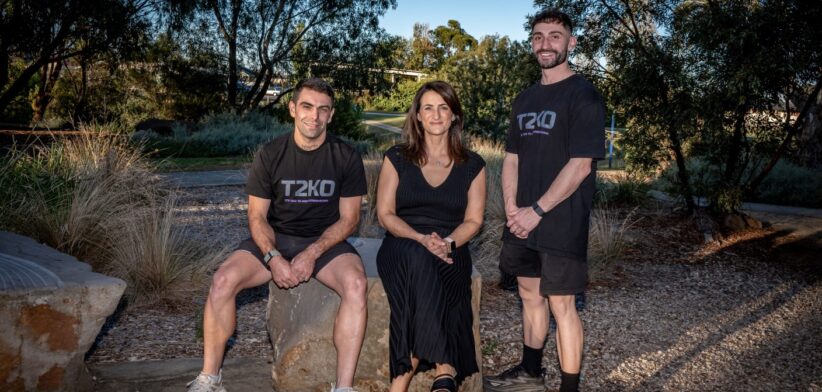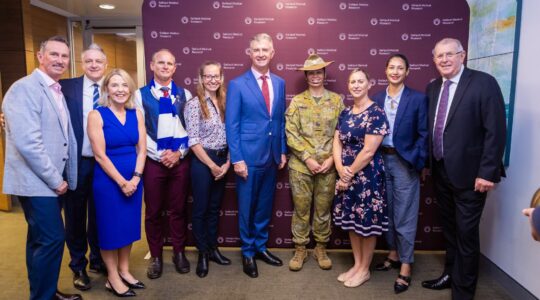Cost of living pressures have seen almost half of regular donors in Australia cut their level of giving over the past 12 months.
The research, commissioned by Australia Post, has prompted the national postal service to increase its level of community grants.
Australia Post General Manager Community and Stakeholder Engagement Nicky Tracey said the research found that 40 percent of regular-giving Australians had donated less in the past 12 months.
Ms Tracey said half of Australians said they gave less to charity because of the increased cost of groceries and essentials.
“To help address growing financial pressures faced by community groups nationwide, Australia Post is awarding over $400,000 in grants across 200 grassroots community and not-for-profit groups around Australia through its People of Post grants program.”
She said Australia Post significantly increased its grants for this year, after delivering nearly $2 million in grants over the eight years of the program.
“The program is a unique employee-led community grant initiative that enables Australia Post team members, including Posties and Post Office workers, to nominate local community or not-for-profit groups for a grant of up to $2000.
“To date, the program has supported 2158 not-for-profit community organisations across Australia.”
Ms Tracey said the research, which explored shifting donation trends, also found that over half (57 percent) of Australians wanted to support local causes which addressed immediate community needs, with a third agreeing they had seen the direct impact and benefit these causes have had on the community or someone close to them.
She said the 2025 program provided 224 grants to initiatives spanning metro, regional and remote areas, a 47 percent increase on last year’s program.
“Community groups in Victoria received the highest number of grants this year with 35 percent of grants issued, followed by Queensland at 25 percent.”
Ms Tracey said over half (54 percent) of the grant recipients focused on initiatives supporting mental health, with environment and sustainability making up 25 percent, disaster support and resilience 12 percent, and indigenous children’s literacy and learning 3 percent.
“We know that people want to continue to support their local not-for-profit, but with cost of living impacting both households and communities, many people are finding it increasingly difficult.
“We’re proud to continue supporting our team members to champion the causes they see making a real difference at a local level.”








